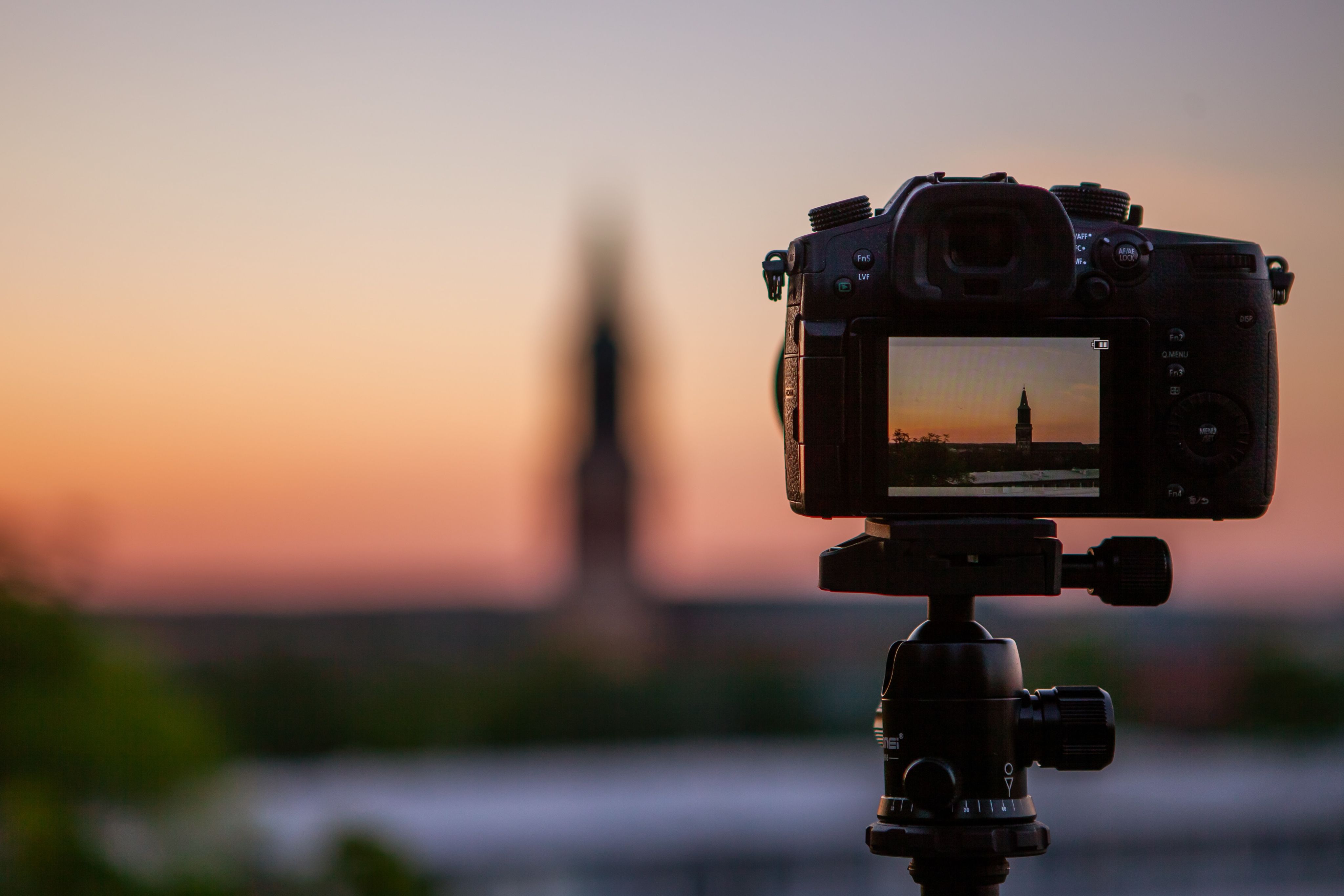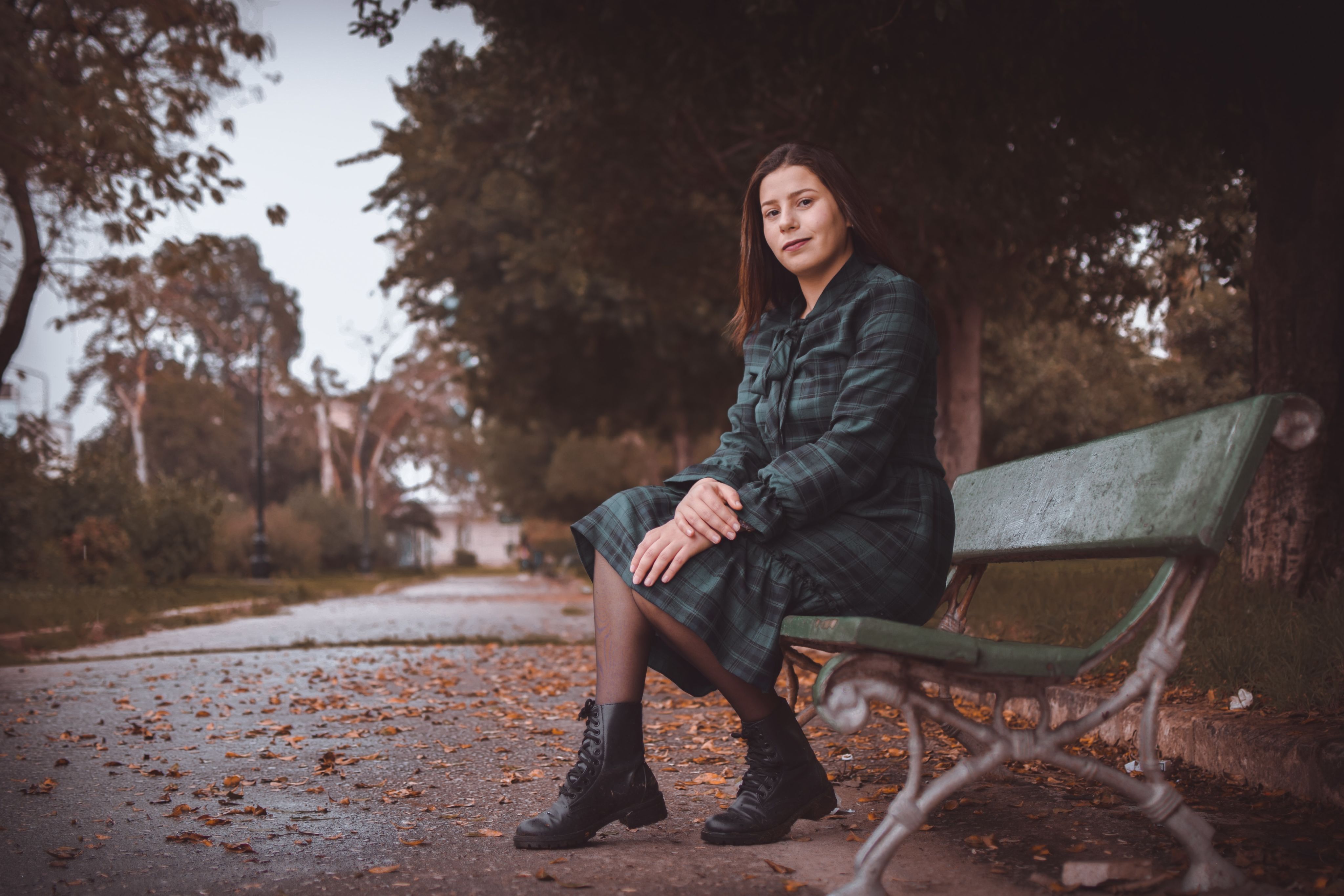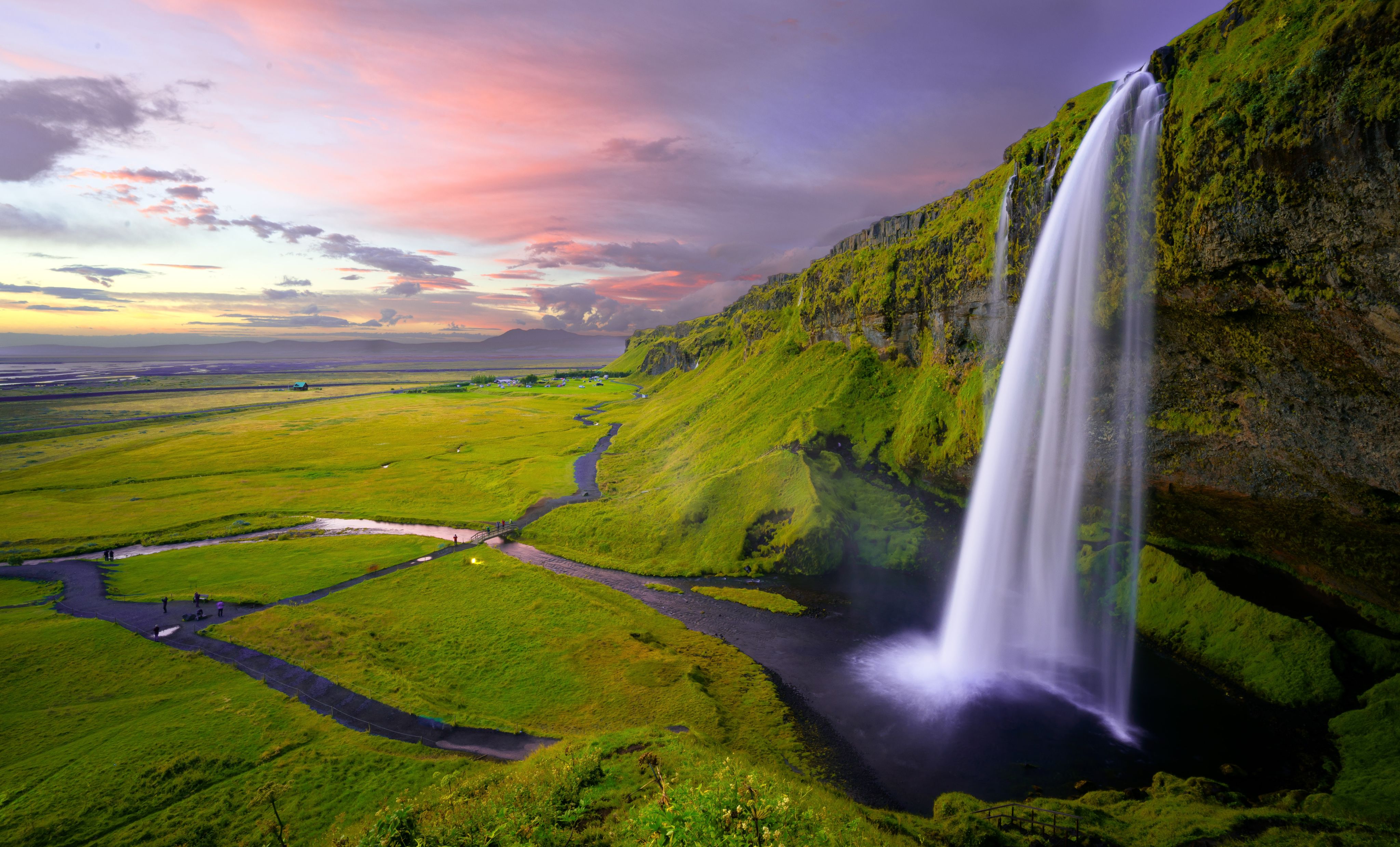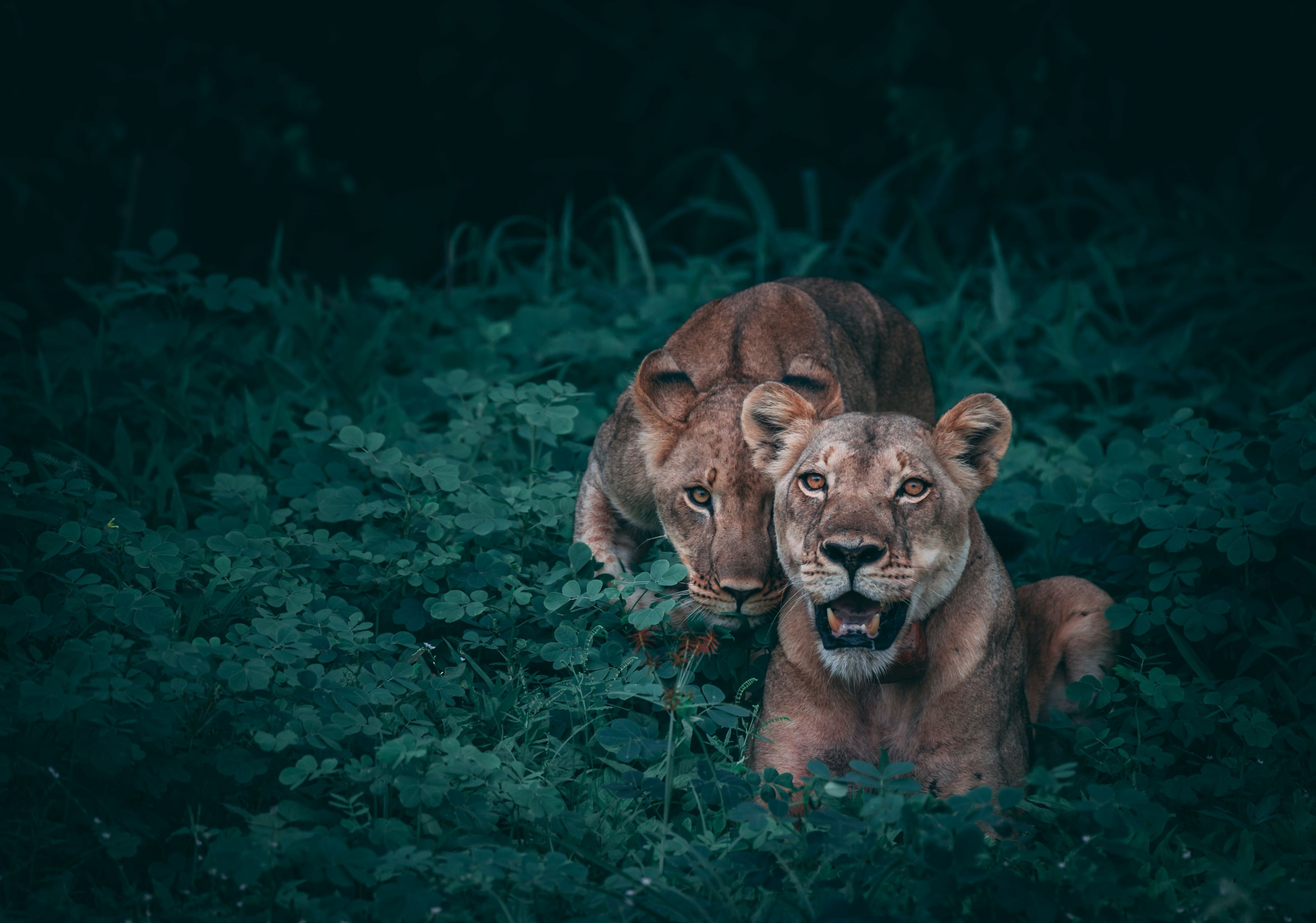How to apply the rule of thirds in photography

Do you ever look at a photo and wonder why it's so pleasing to the eye? Often, you'll find that the photographer used the rule of thirds.
This compositional technique is one of the most important fundamentals of photography — and, bonus, it's also one of the easiest to learn and apply. Keep reading to find out how the rule of thirds can help you take better photos.
With helpful examples from the free stock photography library Unsplash, this guide covers:
- What is the rule of thirds?
- Ways to use the rule of thirds
- How to make grid lines
- Examples of the rule of thirds in use
- When to use the rule
- When not to use the rule
- Difference between the rule of thirds and the golden ratio
You'll be able to show off your work in your next photo essay, portfolio, or feature story in no time.
Start creating with Shorthand
It's the fastest way to publish beautifully engaging digital magazines, reports, internal comms, and more.
What is the rule of thirds?

The rule of thirds involves dividing an image into thirds, both horizontally and vertically, to create a grid of nine equal parts.
It is one of the most well-known compositional techniques in photography.
According to the rule of thirds, the most important elements in an image — i.e. the main subject or focal point of the photo — should be placed along these lines or their intersections. This simple guideline can help to create more balanced and eye-catching compositions.
For example, see this photo of a fine feathered friend. 👇
Photo by Zdeněk Macháček on Unsplash
Photo by Zdeněk Macháček on Unsplash
The principle is that the rule of thirds creates points of interest that are evenly spaced and aesthetically pleasing. It also creates negative space — the empty space around your subject — in the other two thirds of your image. Again, this makes for a more pleasing photographic composition.
What are the 'power points' in the rule of thirds?
The power points are the top left, the top right, the bottom left, and the bottom right in the grid. These are considered to be the most visually interesting points in a frame — the points where the viewer’s eye will go first — and they are often used to place key elements such as the horizon or a subject's eyes.
The history of the rule of thirds
The history of the rule of thirds is somewhat murky, but it is thought to have originated in painting. Some of the earliest examples can be found in the work of 16th-century Italian artist Raphael, who frequently divided his canvases into three sections. According to Steve Caplin, in his book Art and Design in Photoshop, the first written reference to the rule of thirds came from John Thomas Smith in Remarks on Rural Scenery, in his 1797.
Now, time to get a bit more practical. How do you apply the rule thirds in your work to create a better composition?
Photography portfolio template
Showcase your creativity with this free and simple template for commercial photographers, studios, freelancers, and hobbyists.
How to apply the rule of thirds

One way to use the rule of thirds is to place your subject off-centre within the frame. Imagine dividing your image into nine equal parts with two horizontal and two vertical lines—the point where these lines intersect are known as power points. When composing your shots, try placing your subject at one of these points, rather than dead center in the frame. This will usually result in a more pleasing and visually appealing photo.
Another way to use the rule of thirds is to align important elements along its line or intersections. For instance, if you're photographing a landscape shot, you might want to align the horizon along one of the horizontal lines. Or if you're photographing a building, you might want to line up one edge of the structure along a vertical line. By aligning important elements with these lines or intersection points, you can create more dynamic compositions.
How to make grid lines

There are three ways to make a rule of thirds grid: with your brain, with your camera viewfinder, or with rulers or a compass.
1. Use your brain
Mentally divide your image into thirds, both horizontally and vertically, and place your subject accordingly. That is, simply imagine that your image is divided into thirds, both horizontally and vertically, and then place your subject on one of the lines or at the intersection of those lines.
2. Use the grid on your camera viewfinder
Most cameras have a a grid overlay that you can use to compose your images using the rule of thirds. Easy peasy.
3. Use rulers or a compass
If you don't have a grid overlay on your camera, you can use rulers or a compass to help you place your subject. Simply draw a grid on your image with a ruler or use the compass to place guide marks on your image, then place your subject on one of the intersections of those lines. You can do this in post-processing photo editing software like Photoshop and Lightroom.
Some examples of the rule of thirds

Okay, so we've covered the basics of the rule of thirds. But let's take a look at some examples, to see how the rule can be applied in the real world.
The rule of thirds in portrait photography
The rules of thirds is actually more rarely applied in portrait photography, where the subject is usually centred in the frame. Still, some photographers like to place their subject in their surroundings, and this is where the rule of thirds can come into play.
Photo by Iheb photographie on Unsplash
Photo by Iheb photographie on Unsplash
Photo by Anthony Metcalfe on Unsplash
Photo by Anthony Metcalfe on Unsplash
The rule of thirds in landscape photography
This first example has the vertical focus on the image — the spectacular waterfall — run along the right-hand grid line.
Photo by Robert Lukeman on Unsplash
Photo by Robert Lukeman on Unsplash
In this example, too, the vertical focus on the image — the tree, this time — runs along the right-hand grid line. Note that the horizon is also placed alongside the bottom grid line, another common technique in 'rule of thirds' photos.
Photo by Johann Siemens on Unsplash
Photo by Johann Siemens on Unsplash
The rule of thirds in wildlife photography
In this first example, the photographer has placed the head of the fox directly on the upper-right 'power point' of the grid line.
Photo by Ray Hennessy on Unsplash
Photo by Ray Hennessy on Unsplash
Similarly, in this photo, the subject has been placed on the bottom-right power point in the grid line.
Photo by Geran de Klerk on Unsplash
Photo by Geran de Klerk on Unsplash
When should I use the rule of thirds?

Generally speaking, the rule of thirds works best when you are photographing a subject that is not centred in the frame. This could be a person, a landscape, or anything else that you want to emphasise in your photo. The off-centre placement creates a more dynamic and interesting image.
When should I not use the rule of thirds?

While the rule of thirds can be a helpful starting point for many photos, there are also times when it should be ignored.
One such situation is when you want to create symmetry in your composition.If your subject is centered in the frame and everything else is evenly balanced around it, following the rule of thirds would result in an off-kilter image.
Another time when you might want to break the rule of thirds is when you're shooting a landscape. In this case, you might want to place the horizon along the top or bottom third line instead of in the middle of the frame.
Remember, there are lots of other compositional ‘rules’ — such as the golden triangle, the rule of odds, and leading lines — that you can follow to create amazing photos, even as a beginner.
What's the difference between the rule of thirds and the golden ratio?

The rule of thirds and the golden ratio are both ways of diving up a space in order to create a pleasing composition.
The rule of thirds is a simple principle whereby a space is divided into three equal sections, both horizontally and vertically. The intersections of these lines are considered to be the most visually interesting points in the frame. As such, they are often used to position key elements such as the horizon or a subject's eyes.
The golden ratio, on the other hand, is a more complex mathematical formula that results in a spiral shape. This spiral can be overlayed on top of a space in order to find the most visually pleasing placement for elements within the frame.
In general, the rule of thirds is considered to be a more simplistic approach, while the golden ratio offers a more sophisticated way of composing an image.








